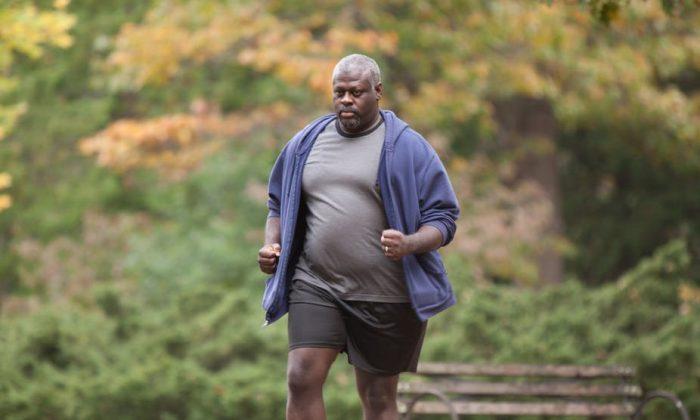Currently,
Centers for Disease Control and Prevention exercise guidelines call for all individuals to do 150 to 300 minutes of moderate-intensity exercise per week, or 75 minutes of high-intensity exercise per week. In addition, the CDC recommends two days of strength training, or muscle strengthening, for obese people.
I am a physician assistant and exercise physiologist from the Lifestyle Modification Clinic at UConn Health. Current recommendations seem extremely unrealistic, considering
less than 10 percent of all individuals meet these criteria for exercise, even without the resistance exercises.
We’ve lost the focus on using the guidelines only as guidelines and not individualizing an exercise prescription for our patients. We need to be smarter about prescribing it and here’s why.
A Customized Approach
The medical profession has learned a few things in recent years about exercise and the obese and those who have become diabetic as a result. All exercises are not created equal and neither are its benefits.But overweight and obese people may not be able to do either of these without injuring themselves. The Hippocratic oath, whereby doctors pledge to first “do no harm,” gets lost with the prescription of exercise with most individuals. The risk of injury and noncompliance should be the first two things when discussing an exercise routine.
The
risk of injury for all individuals, especially of the lower extremities, such as plantar fasciitis and knee pain, is up to four times greater doing high-intensity exercise, such as jogging, compared to moderate intensity such as walking. Obese individuals are at even greater risk.
The risk of injury drives noncompliance, especially with higher-intensity exercise. Educating patients about the benefits of breaking up
prolonged sitting throughout the day has been shown to improve insulin sensitivity for diabetics which will help motivate them to start making little changes to start. This will allow them to make realistic changes and even those will have benefits.
Walking the Walk
Understanding the importance of exercise, you would assume that physicians spend a lot of time counseling on exercise.
However, in 2010,
less than 31 percent of physicians recommended physical activity for overweight and less than 47 percent for obese people during an office visit. This was an increase, however, from fewer than 22 percent for overweight and 35 percent for obese in 2000.
This could be partly due to how health care providers are educated, with less than
20 percent of medical schools in the United States even requiring one class in physical activity or exercise.
More than half of the physicians trained in the United States in 2013 received no formal education in physical activity and may, therefore, be underprepared to properly advise about exercise.
Exercise has been shown to reduce the risk up to 50 percent for all people from becoming diabetic, and since obese individuals are at greater risk,
they would benefit the most. For physicians, the challenge is how to help obese patients understand this and help them become more active.
The first thing is to educate our health care professionals during their medical education on exercise physiology and the medical importance of physical activity which will help them give an appropriate exercise prescription.
Also, the more we doctors go into our “patient’s lifestyle” and find ways to get them moving more and being respectful of them, the more successful they will be. We need to get outside of our box of guidelines and listen to our patients. An example would be to go for a walk during their visits.
Patients walking with their doctors can help doctors assess patients’ fitness levels. Health care providers can assess whether patients have any limitations such as knee or back pain. They also can explain the difference between aerobic and anaerobic exercise, which is best done by explaining the “
talk test”. If you can talk but not sing while exercising, you are maintaining aerobic metabolism, which burns fats and is good for weight loss. If you are unable to say more than a few words without pausing for a breath, you will then be exercising anaerobically and burning sugar.
Brad Biskup is the coordinator of the Lifestyle Modification Clinic at the University of Connecticut. This article was originally published on The Conversation. 


Friends Read Free